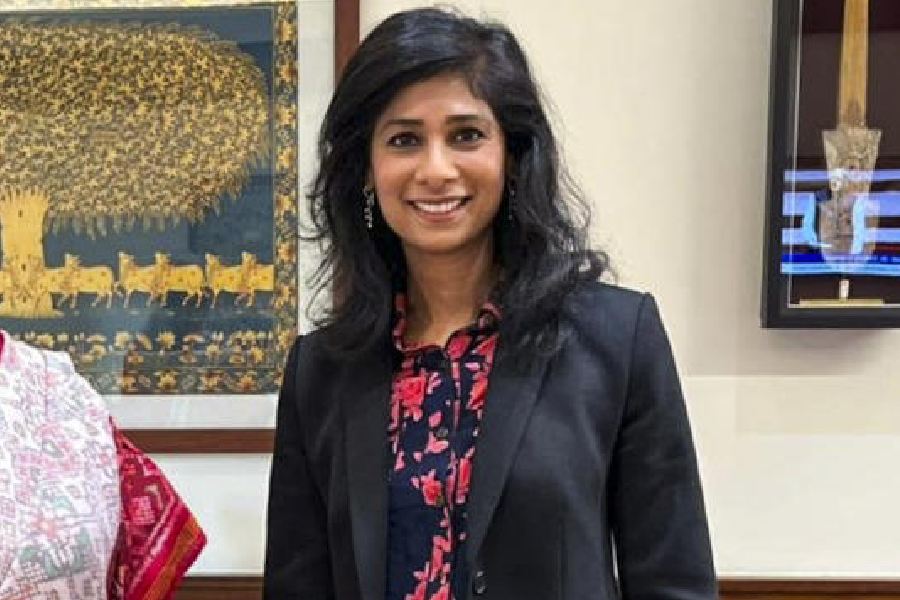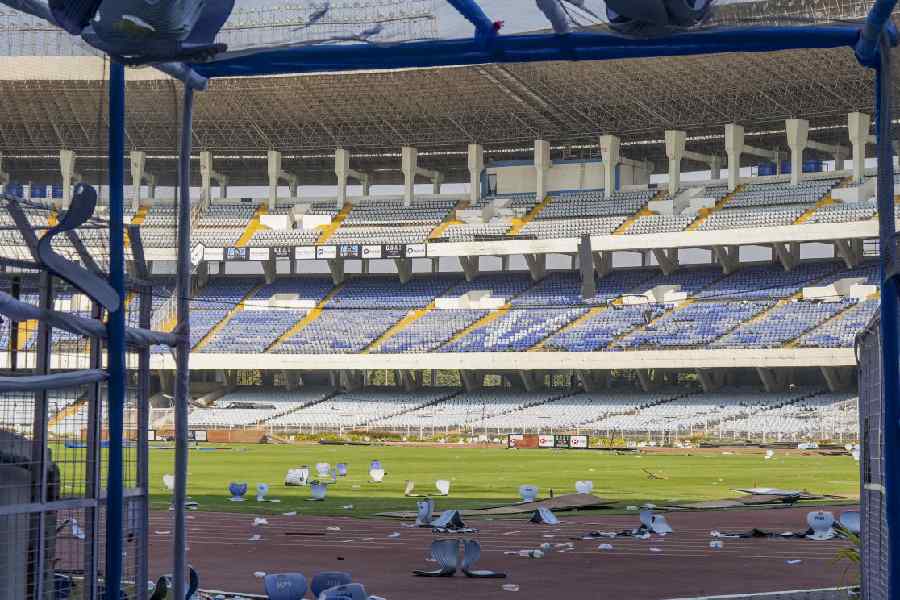 |
| Drainage plan for the city outskirts has become vital as these areas are going through rapid urban development. Picture by Ashwinee Pati |
Bhubaneswar, Aug. 3: With flood-like situation arising out of mismanagement of the 10 natural drainage channels in the city, experts feel the necessity of an elaborate planning for maintenance of unlisted channels now coming under the city’s extended areas.
Retired professor of geology at Utkal University, Nabakishore Mahalik feels natural drainage channels are needed not only for draining out rainwater, but also for providing cooling effect and helping recharge groundwater table.
“But in Bhubaneswar, such natural drainage channels have become sewage carriers. Hence, from the beginning, the unlisted drainage channels on city outskirts should be properly surveyed and a particular conservation plan has to be drawn up for their maintenance,” he says.
Pointing out that a major channel on the Airport-Nandankanan Road between Patia and Raghunathpur is passing through a major upcoming housing zone, Mahalik says: “From the beginning, we should think about some measures to conserve the natural channels. Even on both sides of NH-5 after the city limits towards Khurda, most of the drainage channels are almost blocked due to unmindful planning of the housing zones. It has resulted in waterlogging even before the development process started.”
The retired professor, who has done an extensive study on the drainage system of the city, says the Bhubaneswar Development Authority must take extra care in getting the new drainage channels into its planning fold as soon as possible.
Councillor of ward No. 1, Manoranjan Behera of Patia area, says: “As the sewerage work is progressing slowly and many channels are yet to be included in the present plan, conservation of natural drains on the outskirts has become necessary.’’
BDA’s planning member Prashant Patnaik says: “The channel between Patia and Raghunathpur is already included in the city’s plan area. With the recent expansion of its limits, the BDA’s area has gone up from 419sqkm to 1,110sqkm. Hence, to include a specific conservation plan of the drainage channels, specific reference has to be prepared for the new area in the comprehensive development plan.’’
“As the drainage channels need proper conservation strategy for future requirements, it could not be achieved just by declaring some areas near the channel as ‘no-building zone’. It needs a bigger strategy where land near the flow areas should be acquired with proper compensation. A proper strategy could be developed to ensure that land on either side of the channels are left free,’’ he explains.
Retired engineer-in-chief of state works department Nandanandan Das thinks that conservation of natural drainage channels even in areas on the city outskirts should be on the planners’ mind, as the flood-like situation has “opened up our eyes” in managing a disaster in post-development phase.
“Had proper planning for the 10 existing drainage channels in the city been done earlier, the city’s present drainage situation would have been better,” says Das.










